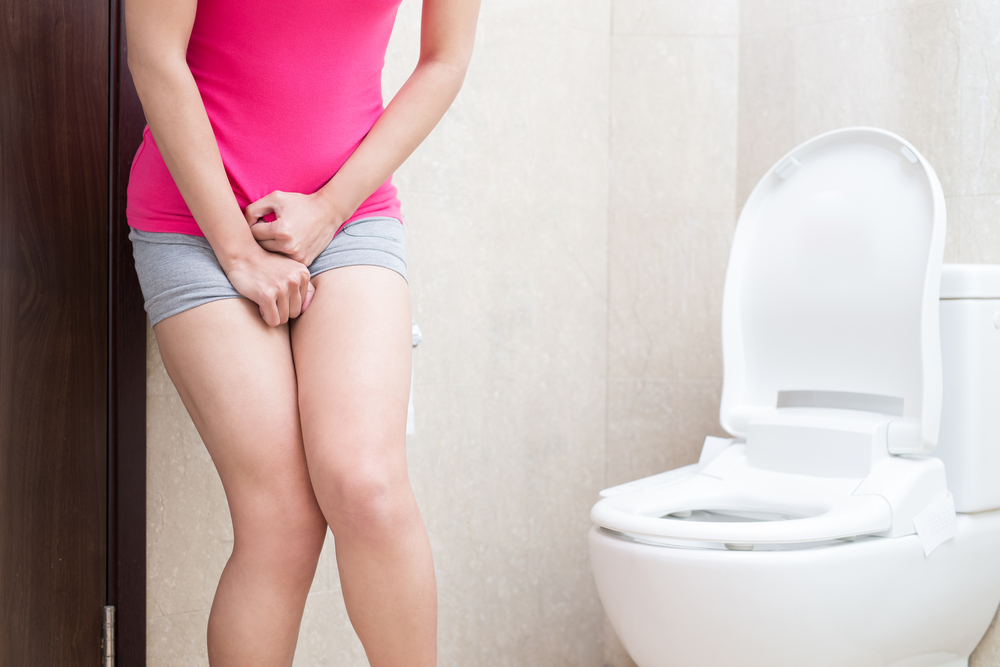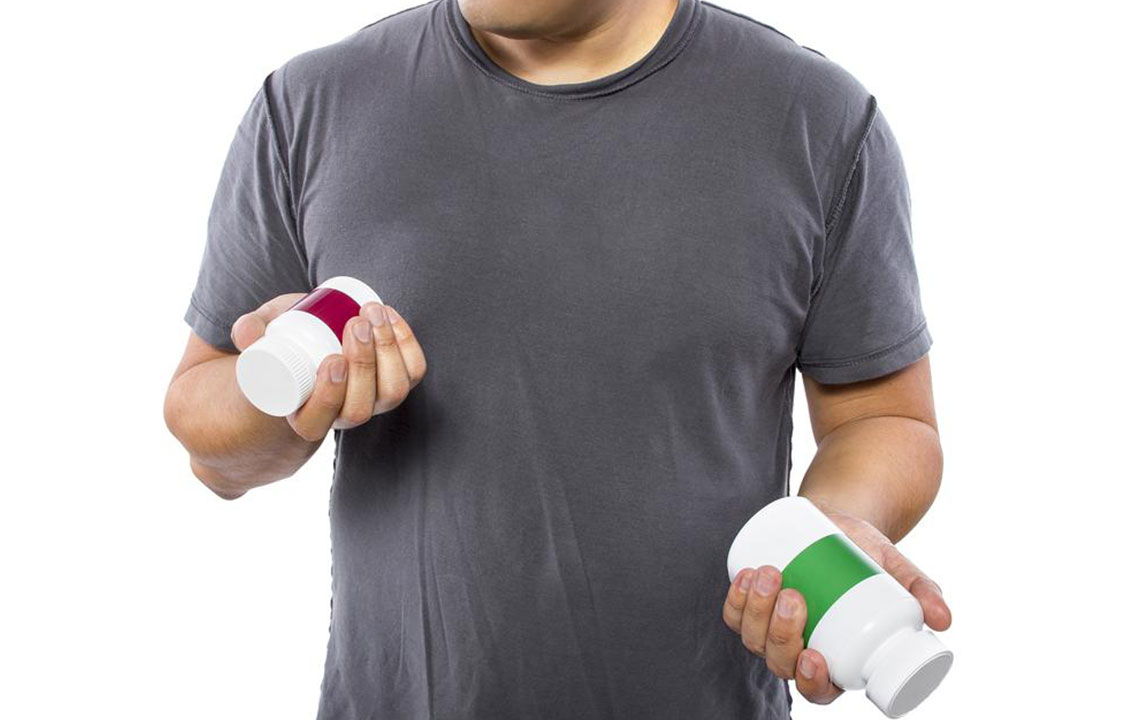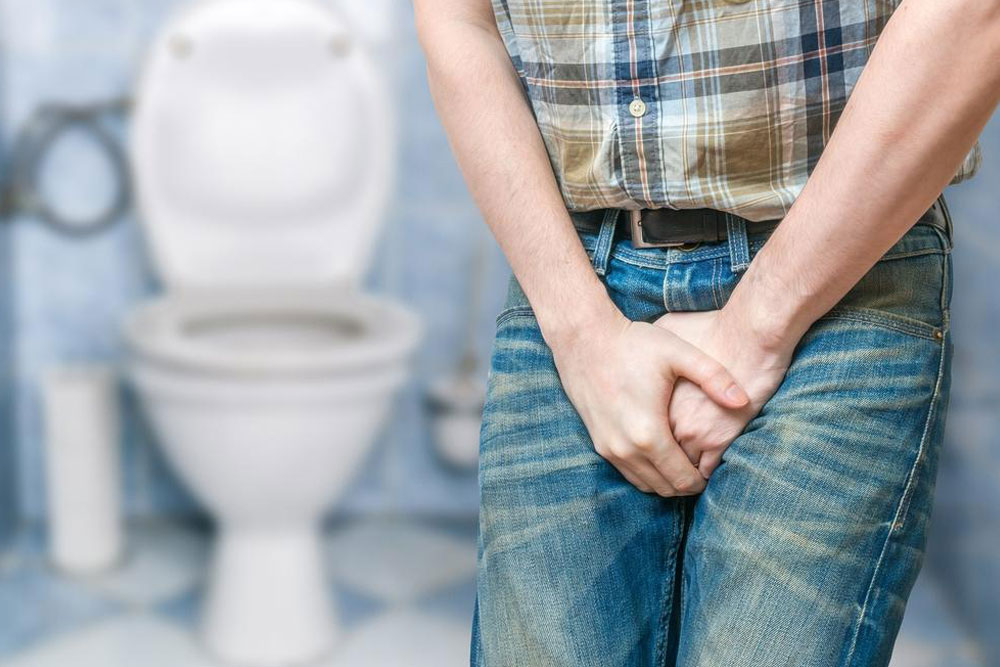Comprehensive Approaches to Managing Frequent Urination and Improving Bladder Health
Discover comprehensive strategies to manage frequent urination, including lifestyle modifications, exercises, dietary tips, and medical options. Learn how to identify symptoms and improve bladder health effectively to enjoy a more comfortable, stress-free life.

Comprehensive Approaches to Managing Frequent Urination and Improving Bladder Health
Maintaining proper hydration plays a vital role in overall health and well-being. Drinking adequate amounts of water ensures that bodily functions operate smoothly, toxins are efficiently eliminated, and essential physiological processes are maintained. While proper hydration is crucial, excessive or frequent urination can sometimes indicate underlying health issues or lead to discomfort and disruptions in daily life.
Understanding the balance between hydration and urination frequency is key. While urinating regularly to flush out toxins is beneficial, experiencing an urge to urinate multiple times during the day and night, especially when it disrupts sleep or routine activities, can be problematic. Identifying the causes and implementing effective management strategies can help reduce symptoms and improve quality of life.
What constitutes excessive urination? Excessive urination, medically known as polyuria, refers to urinating more than the typical volume—usually exceeding 3 liters per day. This condition may be caused by various factors, including metabolic imbalances, infections, neurological conditions, or medication side effects.
Living with frequent urination is a common concern affecting many individuals. Normally, the bladder can comfortably contain 400 to 600 milliliters of urine before signaling the need to urinate. Typically, a healthy person urinates four to eight times during the day and once at night. If you find yourself needing to urinate more often than usual, experiencing urgency, leakage, or waking up multiple times during the night, it may be time to seek medical advice for proper diagnosis and treatment.
Identifying overactive bladder symptoms is essential for effective management. Symptoms include a sudden, compelling need to urinate, frequent urination, leakage, and waking up multiple times at night to urinate. Recognizing these signs early can help target the appropriate treatment methods.
Several factors can influence urinary frequency, such as infections, neurological conditions, hormonal changes, or structural issues within the urinary tract. In some cases, lifestyle and habits exacerbate symptoms, making it important to evaluate daily routines and dietary choices to manage this condition effectively.
Effective methods to manage frequent urination primarily depend on understanding its root causes. Treatment approaches may involve lifestyle adjustments, medications, exercises, or combined therapies:
Managing underlying health conditions: For instance, controlling blood glucose levels in diabetic patients can significantly reduce urination frequency. Proper medication and diet management are crucial in such cases.
Addressing infections: Bacterial infections of the urinary tract require antibiotics, and pain management may be necessary to alleviate discomfort.
Medications for overactive bladder: Drugs such as anticholinergics or beta-3 adrenergic agonists can help suppress involuntary bladder contractions, thereby reducing urgency and frequency.
In addition to medication, several non-pharmacological treatments and lifestyle modifications play a vital role. These include pelvic floor exercises, bladder training protocols, and dietary adjustments aimed at reducing irritants.
Pelvic Floor and Bladder Control Exercises
Kegel exercises are highly effective in strengthening the pelvic muscles that support the bladder. Regular practice—performing 10 to 20 repetitions, three to four times daily—over a period of 4 to 8 weeks can significantly improve bladder control. These exercises are especially beneficial for women during pregnancy and postpartum but are also helpful for men and women of all ages.
Biofeedback therapy complements pelvic exercises by increasing awareness of bodily functions. This technique helps individuals learn how to control their pelvic muscles more effectively, leading to improved bladder stability.
Bladder Training and Behavioral Strategies
Bladder training involves gradually increasing the time between urination sessions. Starting with short intervals, patients learn to hold their urine longer, which can extend over 2 to 3 months. This practice helps rebuild bladder capacity and reduce urgency.
Behavioral modifications, such as avoiding bladder irritants and scheduling urination intervals, are crucial in this process.
Diet and Fluid Intake Management
Dietary changes play a significant role in managing urinary symptoms. Avoiding common irritants such as caffeine, alcohol, spicy foods, artificial sweeteners, and high-diuretic foods like chocolate can help reduce bladder irritation. Incorporating a diet rich in high-fiber foods helps prevent constipation, which can exert pressure on the bladder and worsen symptoms.
Adding cranberry juice to your daily routine—about half a cup—may help prevent urinary tract infections and reduce inflammation, thereby decreasing the urgency and frequency of urination.
Tips for Proper Water Consumption
Carry a water bottle and sip small amounts regularly throughout the day to maintain hydration without overloading the bladder.
Finish most water intake early in the day to minimize nighttime urination and improve sleep quality.
Gradually reduce daily water intake by approximately 25% if experiencing urgency, but ensure hydration is adequate for health.
Practice bladder training by delaying urination and keeping a diary to understand personal tolerance thresholds.
While some causes of frequent urination, such as neurological disorders or weakened pelvic muscles, require specialized medical attention, implementing these strategies can help manage symptoms effectively and enhance quality of life. Staying proactive and consulting healthcare professionals when needed ensures a comprehensive approach to bladder health and comfort.





